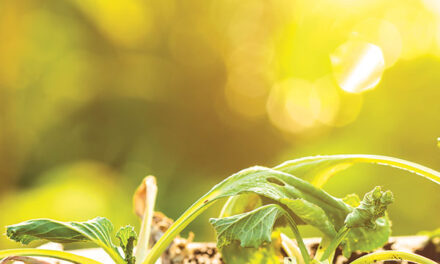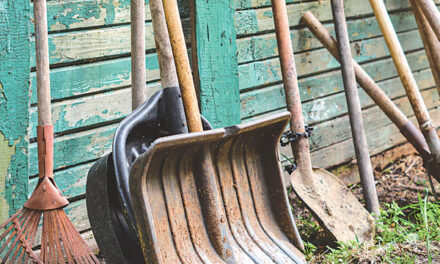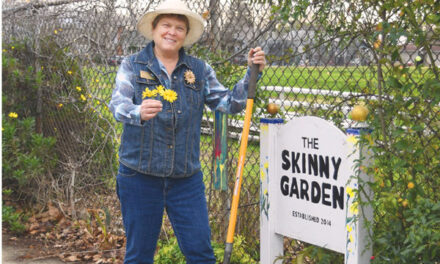Kind-hearted folks adopt rescue dogs. I adopted a rescue potato.
Like a dog, the humble rescue potato requires food, water and loving care. A potato will not offer companionship or cute tail wagging, but the reward is embracing an abandoned, endangered edible. Plus, good eating.
My potato already had a name, Bodega Red. Once, it was the star spud of the Bodega Bay and Tomales Bay area. Sorely neglected, Bodega Red was thought to be extinct more than 50 years ago.

It was rediscovered and rescued by a persistent chef, Sonoma County farmers and the heritage food group Slow Food Sonoma County North.
Barbara Bowman, Slow Food Bodega Red project leader, says she will be “looking for opportunities to involve farmers” in the Sacramento region once “seed production ramps up.”
Ensuring the survival of local food cultures and traditions is the mission of the slow food movement. Small farms, gardeners, old and endangered varieties are embraced by Slow Food, a nonprofit organization.
According to Slow Food, 75% of edible plant species in the world have “now become extinct while three cereals— wheat, rice and corn—make up 60% of our food production.” Our future, Slow Food believes, “depends on defending the diversity of plants and animals, learning lessons about what we have lost to focus on what we can save.”
Only a few Bodega Red seed potatoes were available this spring, but a gardener friend who has supported Slow Food journeyed to Sonoma County and secured a few. A lifelong plant rescuer, I was fortunate to land a bag of these rare red seed potatoes.
Some were baseball size, others more like golf balls. All were planted in grow bags (fabric containers).
Like heirloom tomatoes, heirloom potatoes are old varieties passed down by generations of farmers and gardeners. Too often these storied and tasty ancestors of modern hybrids have been lost because of fate, disease or unknown factors.
Years of genetic testing proved the Bodega Red was one of only six potato varieties in the U.S. that originated in South America, homeland of spuds.
A sailor likely brought Bodega Red to California prior to the Gold Rush. Most South American potatoes were introduced to Europe by Spanish explorers who brought them home.
Potatoes became the staple of European empires. An American favorite, we devour about 125 pounds a year—French fries, chips, hash browns, pancakes and dumplings, salad and soup. We twice-bake, mash, dice and even crisp the skins and serve with favored toppings.
Growing potatoes is simple and fun. Basically, you plant a potato to get more potatoes. Home-grown flavor is phenomenal compared to grocery store potatoes.
Traditional containers and grow bags are ideal. Bagged potting soil allows good drainage, and potatoes prefer loose soil. To harvest, just spread a tarp and dump out the container of soil. Children love to sift through the pile and discover potatoes.
In Sacramento, plant potatoes February through April or August through September. Harvest is 90 to 120 days after planting, depending on variety.
A seed potato is not a seed. It’s a potato specifically grown and stored to be planted and yield more potatoes the following season. The idea is to eat some, save some.
Seed potatoes from reputable sources, either local nurseries or online, are certified disease free, a necessary plus because of devastating fungal and bacterial diseases associated with spuds. Grocery potatoes are not necessarily disease free. Grow them in containers so contaminated soil can be discarded.
Some grocery potatoes have been sprayed with chlorpropham, a growth inhibitor to prevent sprouting. If you must plant grocery potatoes, look for an “organically grown” label and hope for the best.
In recent years, I’ve planted Yukon Gold and Yukon Gem potatoes. Both dependable and trouble free. With Bodega Red, there’s an obligation to ensure success, but it’s a noble cause.
Dan Vierria is a University of California Cooperative Extension Master Gardener for Sacramento County. He can be reached at masterg29@gmail.com. For answers to gardening questions, contact the UCCE Master Gardeners at (916) 876-5338, email mgsacramento@ucanr.edu or visit sacmg.ucanr.edu. Follow us on Facebook and Instagram: @insidesacramento.
















